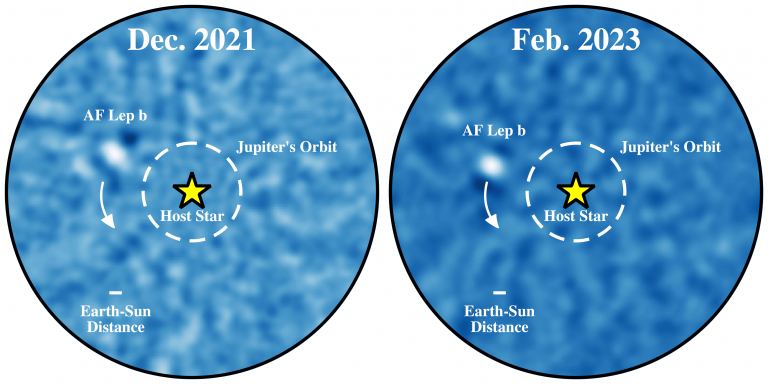Can tidal forces cause an exoplanet’s surface to radiate heat? This is what a recent study accepted to The Astronomical Journal hopes to address as a team of international researchers used data collected from ground-based instruments to confirm the existence of a second exoplanet residing within the exoplanetary system, HD 104067, along with using NASA’s Transiting Exoplanet Survey Satellite (TESS) mission to identify an additional exoplanet candidate, as well. What’s unique about this exoplanet candidate, which orbits innermost compared to the other two, is that the tidal forces exhibited from the outer two exoplanets are potentially causing the candidates’ surface to radiate with its surface temperature reaching as high as 2,300 degrees Celsius (4,200 degrees Fahrenheit), which the researchers refer to as a “perfect tidal storm”.
Continue reading “Radiating Exoplanet Discovered in “Perfect Tidal Storm””Radiating Exoplanet Discovered in “Perfect Tidal Storm”



